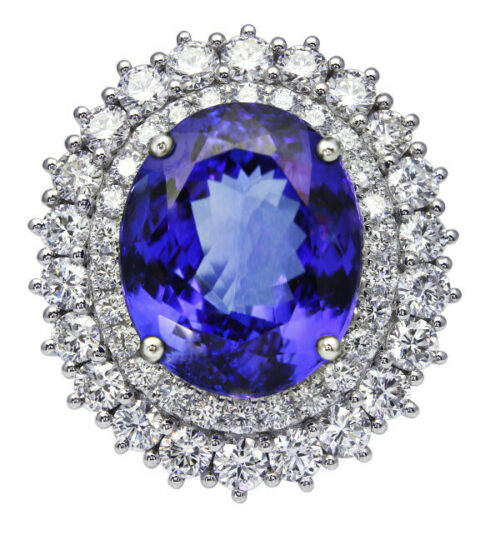What does a sapphire cost? This is a question that is often asked by gemstone investors. The price of the blue sapphire depends on the value of the sapphire. Just as with diamonds, the value is determined by the 4 Cs, i. e. Carat, Clarity, Colour and Cut. While with diamonds it is primarily the clarity that determines the value and price, with a sapphire it is primarily the colour that is used to determine the value.
Although there is no official colour system for coloured gemstones, a deep colour intensity is considered the most valuable. In the case of blue sapphires, this is the typical cornflower blue colour, but the shades of blue can vary from light blue and greenish to dark blue and almost violet. A colour that is too dark sometimes has a negative effect on the clarity and brilliance of the gemstone and reduces its value.
Similarly to rubies - the red variety of the mineral corundum - sapphires usually have inclusions. Contrary to popular belief, not every inclusion diminishes the value of the stone. In fact, these inclusions are proof that it is not a synthetic stone. Certain inclusions can even lead to a special effect. An example of this is the so-called star sapphire: asterism or a star effect caused by the presence of rutile and accentuated in the cabochon cut. Inclusions that severely impair clarity and cloud the stone in turn have a negative effect on the value of the sapphire.
Unlike diamonds, where the cut plays an important role in the value, with sapphires the cut is less important. Depending on the colour and clarity, an oval, round, cushion, emerald or cabochon cut is chosen for a sapphire. In terms of carat weight, a sapphire is usually heavier than a diamond. A 1.00 carat sapphire therefore looks smaller than a diamond of the same carat weight.



